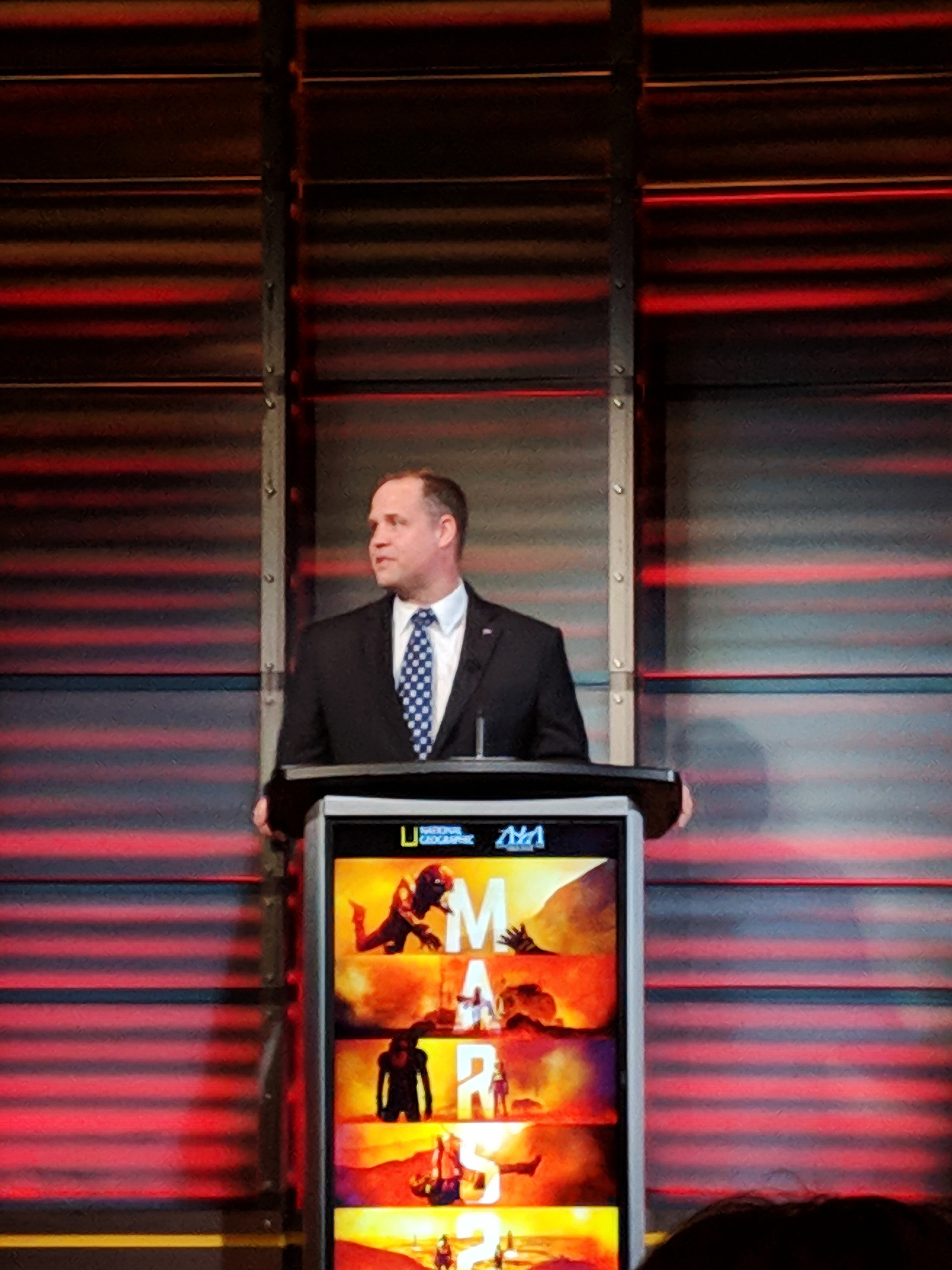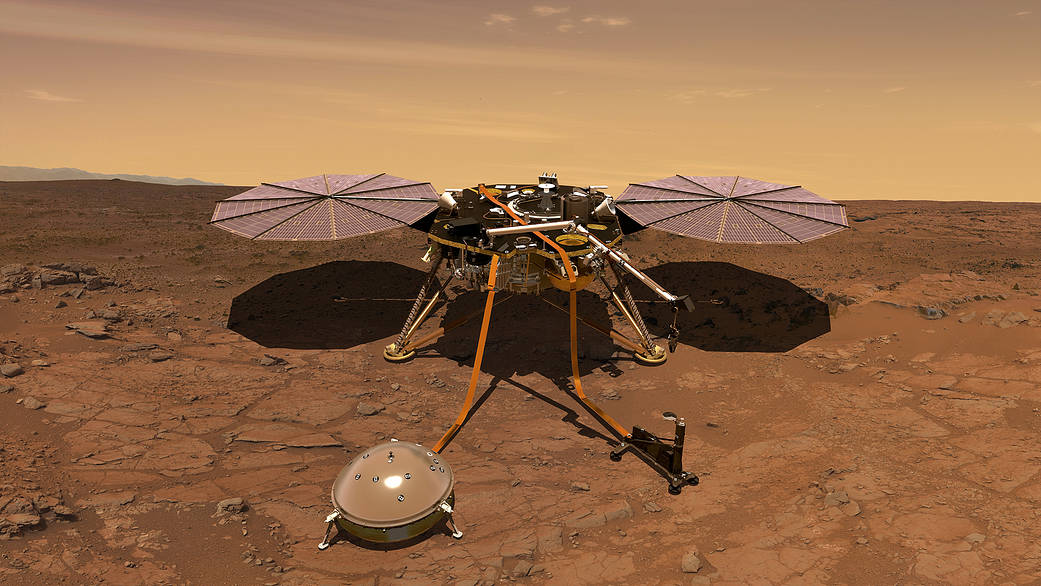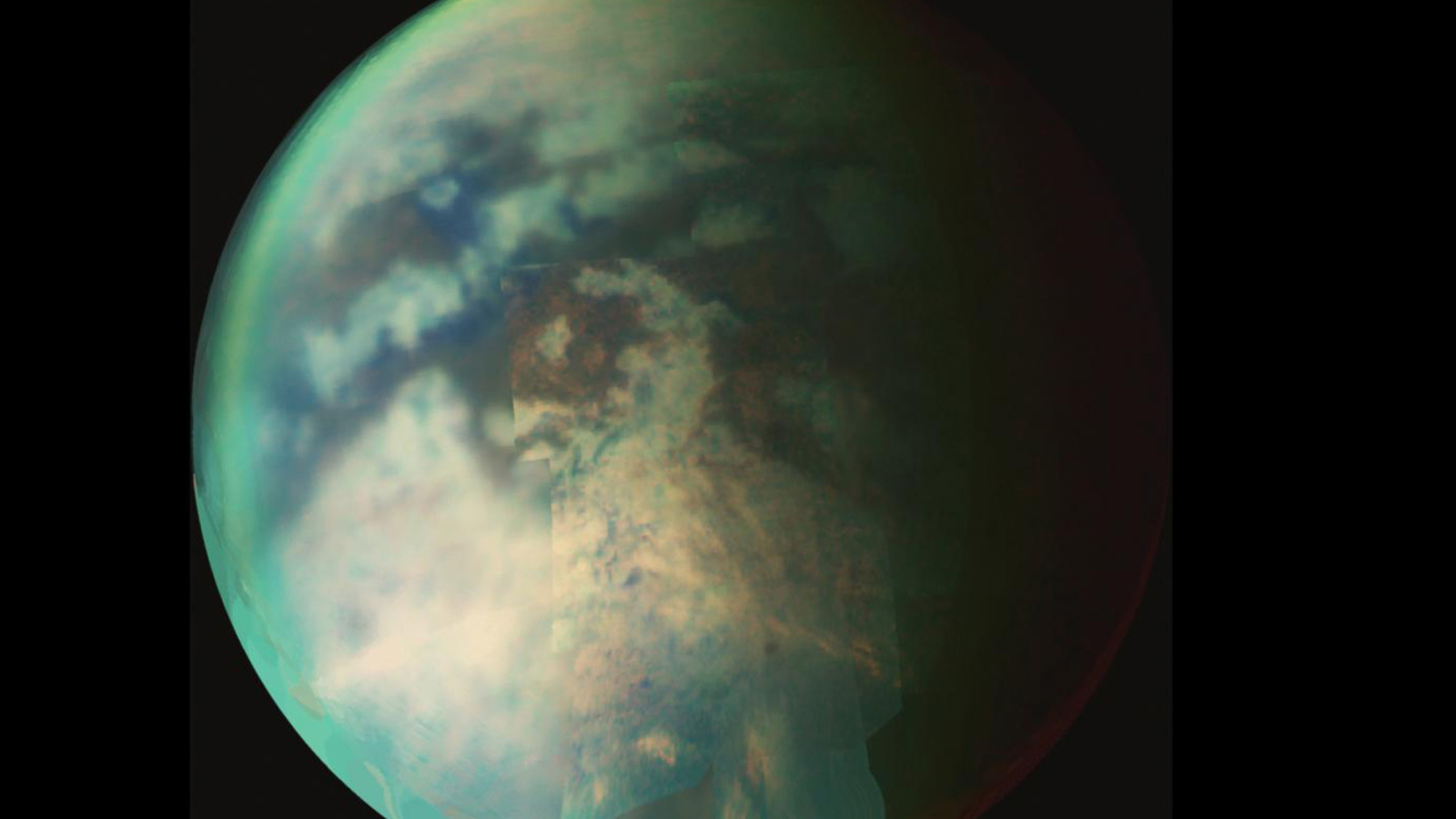NASA Chief Sees Bold Future on Mars and the Moon
WASHINGTON — The moon may be the next space destination for American astronauts, but the frontier of Mars still beckons, NASA chief Jim Bridenstine says.
Monday evening (Nov. 8), a crowd of reporters, scientists, politicians and space enthusiasts gathered here at National Geographic headquarters to celebrate and discuss Season 2 of the National Geographic series "Mars" and the Project Mars competition's film and poster winners. Bridenstine addressed the crowd, saying he was excited about the return of "Mars," the competition, and the steps the U.S. is taking to get back to the moon and then the Red Planet.
"We're going to the moon not because the moon is the end game," Bridenstine told the crowd. "We're going to the moon because there's science to be discovered there, there's risks to be retired, there's technologies to be developed, and there's human physiology that needs to be understood. And when all of this is complete, the idea is that [traveling to the moon] is the best way, as a proving ground, to develop everything that needs to be developed so that we can get to Mars." [Living on 'Mars 2': The Real Tech Behind Nat Geo's Martian Colony]

Bridenstine said that, alongside Mars research efforts, going to the moon will be a critical step if we are to successfully land and house humans on the Red Planet. He joked about his responsibility as the new administrator, having been in the position for only six months, saying, "I'm responsible for getting us to Mars."
In the short time since Bridenstine became administrator, researchers have already made critical discoveries about Mars that make our efforts to get to the planet that much more exciting.
First, Bridenstine said, scientists found complex organic compounds on the surface of Mars. Second, they discovered that the planet has methane cycles that happen to match seasons on Mars. Third, scientists found that liquid water resides less than a mile (1.5 kilometers) below the planet's surface.
This "doesn't guarantee there's life on Mars, but it increases the probability," Bridenstine repeated a number of times, careful not to jump ahead of where the science has taken us. But such incredible scientific progress continues to move us closer to discovering if Mars does, or did, in fact host life. "It seems like we ought to find out," Bridenstine said. "And that's what we're going to do. We're going to Mars to make these discoveries. We've got a lot of really important missions upcoming — things that are going to help us understand Mars better."
Get the Space.com Newsletter
Breaking space news, the latest updates on rocket launches, skywatching events and more!

Bridenstine pointed specifically to the InSight lander, which will touch down on the Red Planet on Nov. 26. The mission will study the inner workings of the planet and gather data on volcanic activity, marsquakes and asteroid impacts. This research will be essential to astronaut safety on Mars, Bridenstine said, adding that "this InSight lander is critical to a future of human-exploration activity on the surface of Mars."
Mars' history is a major reason the Red Planet is so intriguing, Bridenstine said. "Mars used to have three-fourths of its surface covered by an ocean. It used to have a strong magnetosphere that protected it from that harsh radiation environment. It used to have a thick atmosphere, and over a billion years ago, all of these things went away when its magnetosphere went away.
"We need to understand what caused that to happen," he added. "We need to get a better understanding of these other planets, their histories and their futures so that we can get a better understanding of our own planet."
Follow Chelsea Gohd on Twitter @chelsea_gohd. Follow us @Spacedotcom, Facebook and Google+. Original article on Space.com.
Join our Space Forums to keep talking space on the latest missions, night sky and more! And if you have a news tip, correction or comment, let us know at: community@space.com.

Chelsea “Foxanne” Gohd joined Space.com in 2018 and is now a Senior Writer, writing about everything from climate change to planetary science and human spaceflight in both articles and on-camera in videos. With a degree in Public Health and biological sciences, Chelsea has written and worked for institutions including the American Museum of Natural History, Scientific American, Discover Magazine Blog, Astronomy Magazine and Live Science. When not writing, editing or filming something space-y, Chelsea "Foxanne" Gohd is writing music and performing as Foxanne, even launching a song to space in 2021 with Inspiration4. You can follow her on Twitter @chelsea_gohd and @foxannemusic.
